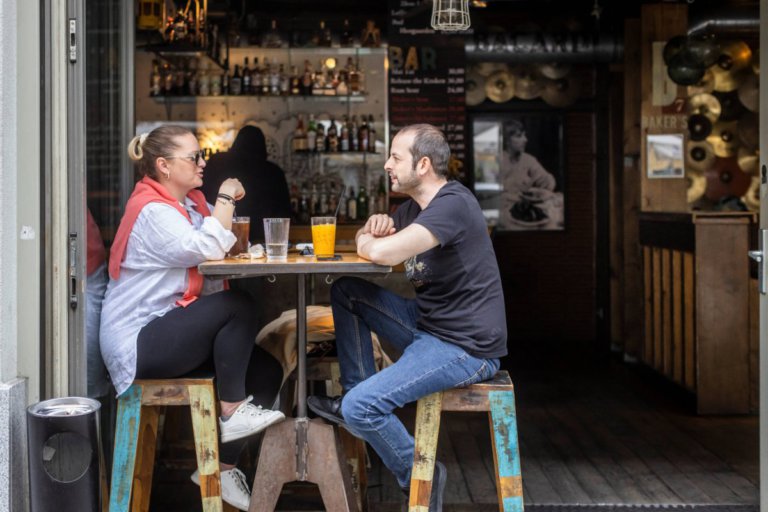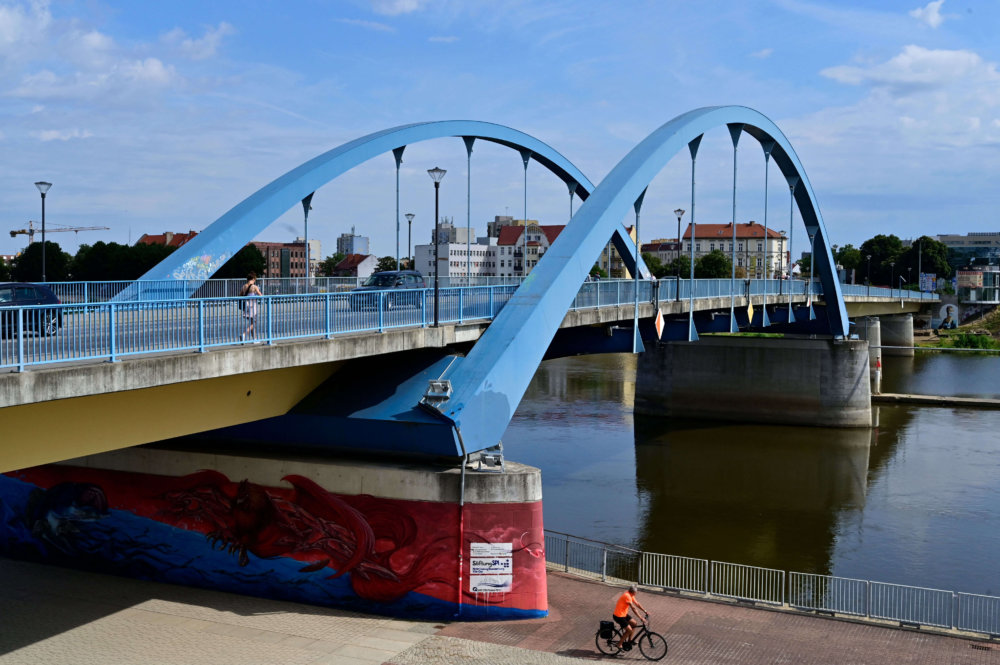
Obtaining a study visa for Poland is a pretty straightforward process, but that doesn’t mean you should leave it to the last minute to get started. Before beginning the application process, you’ll need to secure your place in one of Poland’s 500 higher education institutions.
The country’s top-ranked universities include the University of Warsaw, Jagiellonian University, and the Warsaw University of Technology. It has long held a respected standing in academia and innovation. You may even recall Poland as home to famous scientists such as Marie Curie (the first woman to win a Nobel Prize) and Nicholas Copernicus (the astronomer who discovered that planets orbit the sun).

Poland launched the world’s first industrial production line of solar panels based on groundbreaking perovskite technology. Source: Janek Skarzynski/AFP
You could pursue an undergraduate or postgraduate course, or the nine-month preparatory Zerówka course. The latter is essentially Polish language school — you could also join an English language course, if you need to brush up your language. International courses will be taught in English, and there are scholarships available for bright students.
With more students setting their sights on Poland — international student enrolment has been on an upward trend in the past five years — you may be wondering how to pursue a degree there. One of the first steps? Figure out the immigration process. Here’s a quick rundown of how you can obtain a student visa for Poland.
Do I need a student visa for Poland?
That depends on where you’re from — residents of fellow European Union (EU) countries do not need a student visa for Poland. In fact, EU citizens can travel in Poland document-free for 30 days. However, you must register your residence with a local Provincial Office within your first three months in the country.
Non-EU students will need to apply for a D-type Schengen visa for multiple entry and long-stay. Once you hold a Schengen visa, you can go on to apply for visa for Poland, and even travel to other EU countries which recognise it.

The so-called Stadtbruecke (city bridge), or Most Graniczny in Polish, crosses the river Oder between Frankfurt an der Oder in eastern Germany, and Slubice (seen in the background) in western Poland. Source: John Macdougall/AFP
How do I apply for student visa?
Your visa application should take no longer than 15 days to be reviewed, but you’re advised to submit your documents early to account for any delay. Make copies of the original documents for the embassy as you may need them. You may submit your application (along with the processing fee) at a Polish consulate near you — find one here.
Here’s what you’ll need for your student visa application:
- A completed and signed Poland student visa application form
- Passport (valid for three months after your planned departure from Poland)
- Official letter of acceptance from a university in Poland
- Your CV and certificates
- Proof of English language proficiency
- Evidence of sufficient funds to support yourself throughout the course
- Health insurance documents
- Biometric photo
Non-EU students require temporary residence permit
A typical undergraduate course lasts three years, while certain long-cycle postgraduate course can take up to six years. As the type D visa only allows you to stay in Poland for one year, international students must apply for a temporary residence visa to reside in the country for a longer period.
Student with visa for Poland must apply for temporary residence permit at the local Provincial office. You will need: your application form, photos and documents proving your identity and citizenship, address, the purpose of stay (which can be proven with a certificate from your school), health insurance, and proof of sufficient funds. It will cost 390 Polish złoty (85 Euros, or close to 100 US dollars).
As always, check the official website for the latest details and ensure that you have taken the correct steps. You could also consider getting in touch with international students in Poland for tips to navigate your application better too.










